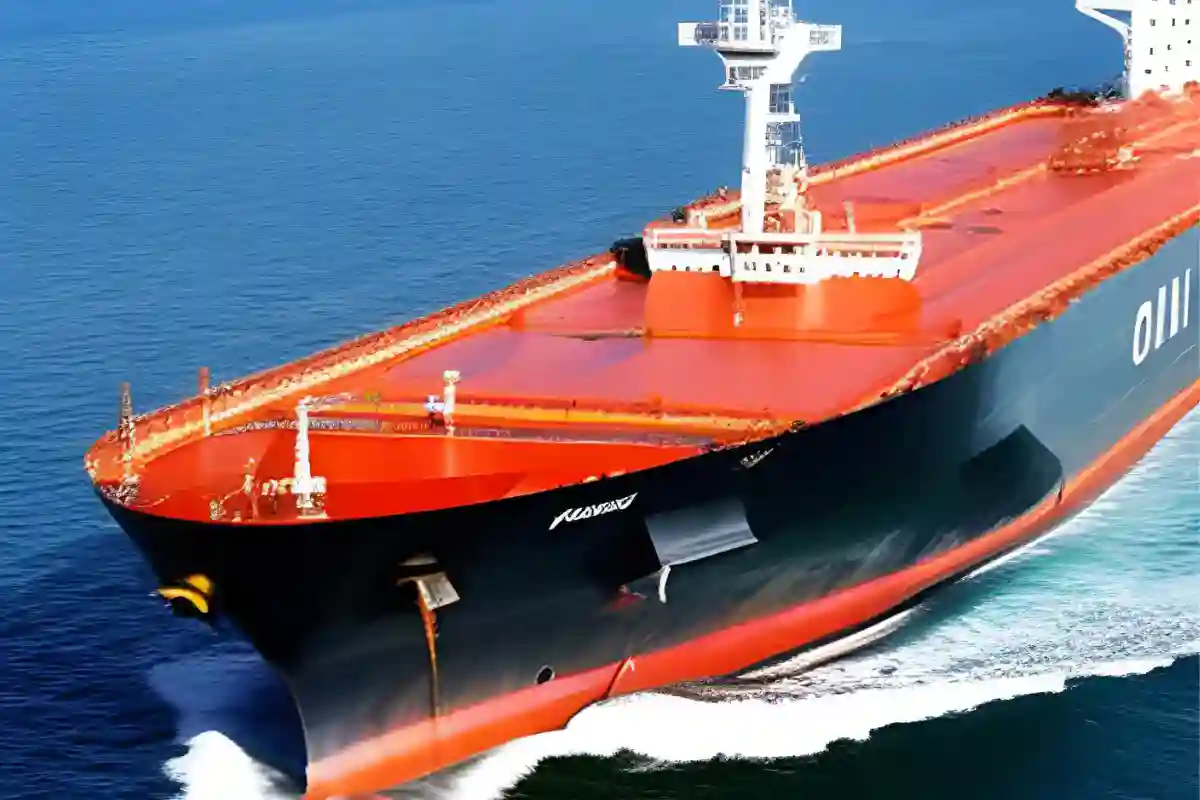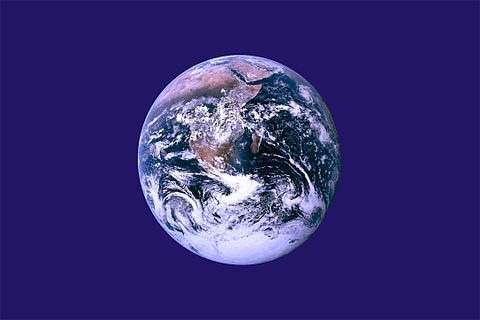Cryptoquip Answer 08/24/2023
Answer 08/24/2023:
Let’s dive into the world of tankers, the massive ships that transport liquids across the oceans.
Tankers: The Giants of the Sea A tanker, sometimes referred to as a tank ship or tankship, is a specially designed ship to transport or store liquids or gases in large quantities. The most common type of tanker is the oil tanker, which carries crude oil. However, tankers can also transport other commodities like vegetable oils, molasses, wine, and even chemicals. The concept of tankers came into existence in the late 19th century when iron and steel hulls, along with efficient pumping systems, were developed. As of 2005, there were over 4,000 tankers operating worldwide, with sizes ranging from a few hundred tons to several hundred thousand tons.
Why are Tankers Important?: Before tankers, transporting bulk liquids was a challenge. Ships would carry a variety of products in different holds, and liquids were typically loaded in casks. This method had several issues:
- The holds in timber ships weren’t watertight enough to prevent liquid cargo from spoiling or leaking.
- Loading and unloading bulk liquids required efficient pumps and piping systems.
- Carrying a large body of liquid could affect a ship’s stability, especially if the liquid moved around in response to the ship’s movements.
Tankers revolutionized the transportation of liquids. They were initially used by the oil industry to transfer refined fuel in bulk from refineries to customers. The fuel would then be stored in large tanks on land and distributed to various locations. Over time, transporting other liquids in tankers became more cost-effective, leading to their widespread use.
Did You Know?
- Tankers can be specialized. For instance, there are “chemical tankers” for dangerous chemicals, “oil tankers” for oil, and “LNG carriers” for liquefied natural gas.
- Supertankers are designed for transporting oil from the Middle East around the Horn of Africa. The Seawise Giant, a supertanker scrapped in 2010, was a whopping 458 meters in length!
- Thankfully, due to tighter regulations, tankers now cause fewer environmental disasters from oil spills than they did in the 1970s.
Questions to Ponder:
- How do you think the design of tankers has evolved to ensure the safety of both the crew and the environment?
- With the push towards cleaner energy sources, how do you envision the future of oil tankers?
- What innovations could further improve the efficiency and safety of tankers?
I hope this gives you a clearer picture of tankers and their significance in global trade and transportation!






